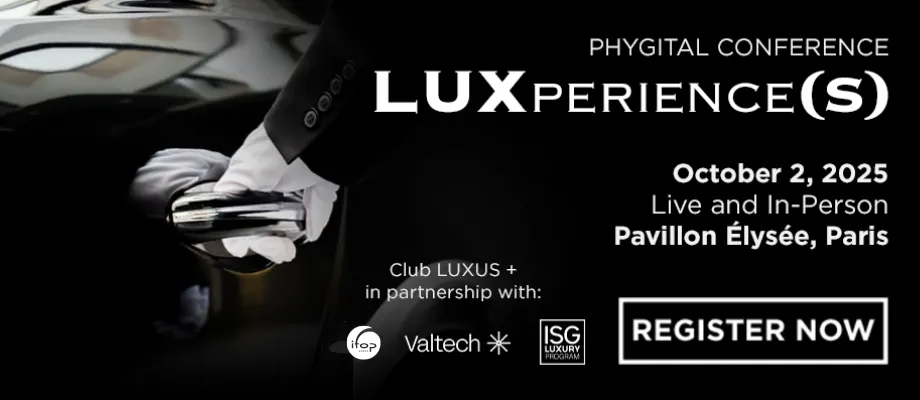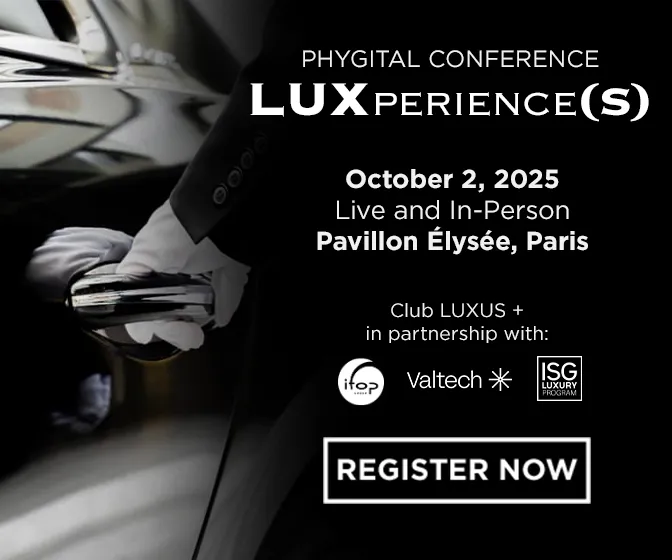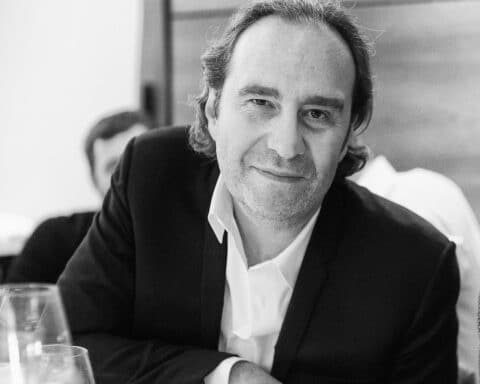Easter is a time for family reunions, egg hunts and chocolates, but what about a precious egg with a history full of anecdotes ? Today we take a look at the history of the famous Fabergé egg.
Fabergé eggs are known worldwide for their finesse and preciousness, but what is less well known is that the jeweller behind these masterpieces had a very modest beginning. Of German-Danish origin, Pierre-Karl Fabergé was born in St. Petersburg on May 30, 1846 to a German Protestant family from the Baltic. His father, Gustave Fabergé, trained as a goldsmith before opening his own small jewellery shop in 1842. 40 years later, following his death, Pierre-Karl Fabergé took over the business and it was in that same year that the Russian sovereignty fell under the spell of the young jeweller’s creations.
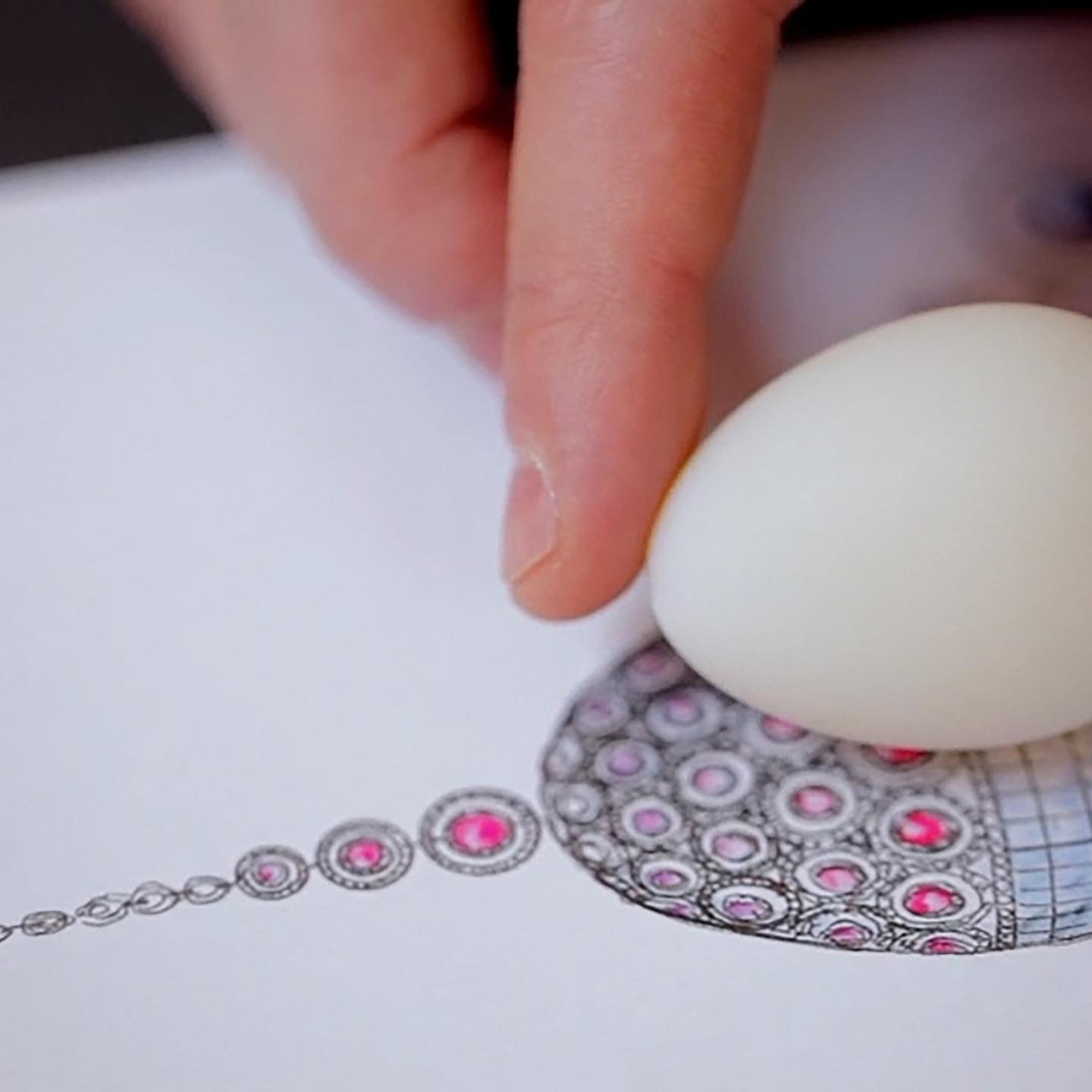
Indeed, after seeing the House’s work at the All-Russian Exhibition in Moscow, Tsar Alexander III ordered that it be displayed in the Hermitage as examples of superb contemporary Russian craftsmanship. The emperor then asked the company to make an Easter egg for his empress. Fabergé received the coveted title of “Goldsmith by Special Appointment of the Imperial Crown“. The following year, the emperor asked Fabergé to make a second Easter egg.
The House had complete freedom for future imperial Easter eggs. Even the Emperor did not know what shape they would take: the only stipulation was that each one must contain a surprise.
The Order of St George egg (1916), for example, which Nicholas gave to his mother, Maria (now in the collection of the Fabergé Museum in St Petersburg), has two coins on the outside that can be lifted up to reveal thumb-sized portraits of Nicholas and his son, Tsarevich Alexei Nikolaevich.
Voir cette publication sur Instagram
Each year, Fabergé reinvented himself, using unexpected materials, such as rock crystal, or new devices, such as plinths with clawed feet, clocks or automatons in the shape of small birds or elephants.
In 1900, at the Exposition Internationale Universelle in Paris, the company exhibited out of competition, but received a gold medal and the city’s jewellers recognised Peter Carl Fabergé as a master. In addition, he was awarded the most prestigious French award: “Chevalier de la Légion d’honneur“. Commercially, the exhibition was a great success and the company’s order book was filled with customers from all over the world.
The company moves to purpose-built premises at 24 Bolshaya Morskaya, including workshops, a design studio and offices. The company is at the height of its success and employs about 500 craftsmen and designers. It is the largest jewellery company in Russia.
In 1914, the war broke out. As a result, the company faced a decline in demand for luxury goods and a shortage of precious metals. Fabergé produced copper items such as cruets, plates, cups and snuff boxes. The workshops also made syringes and equipment, as well as army items such as grenades. The last imperial Fabergé eggs, made in 1916, reflect the unstable moment in history, and the beginning of the end of the House of Fabergé.
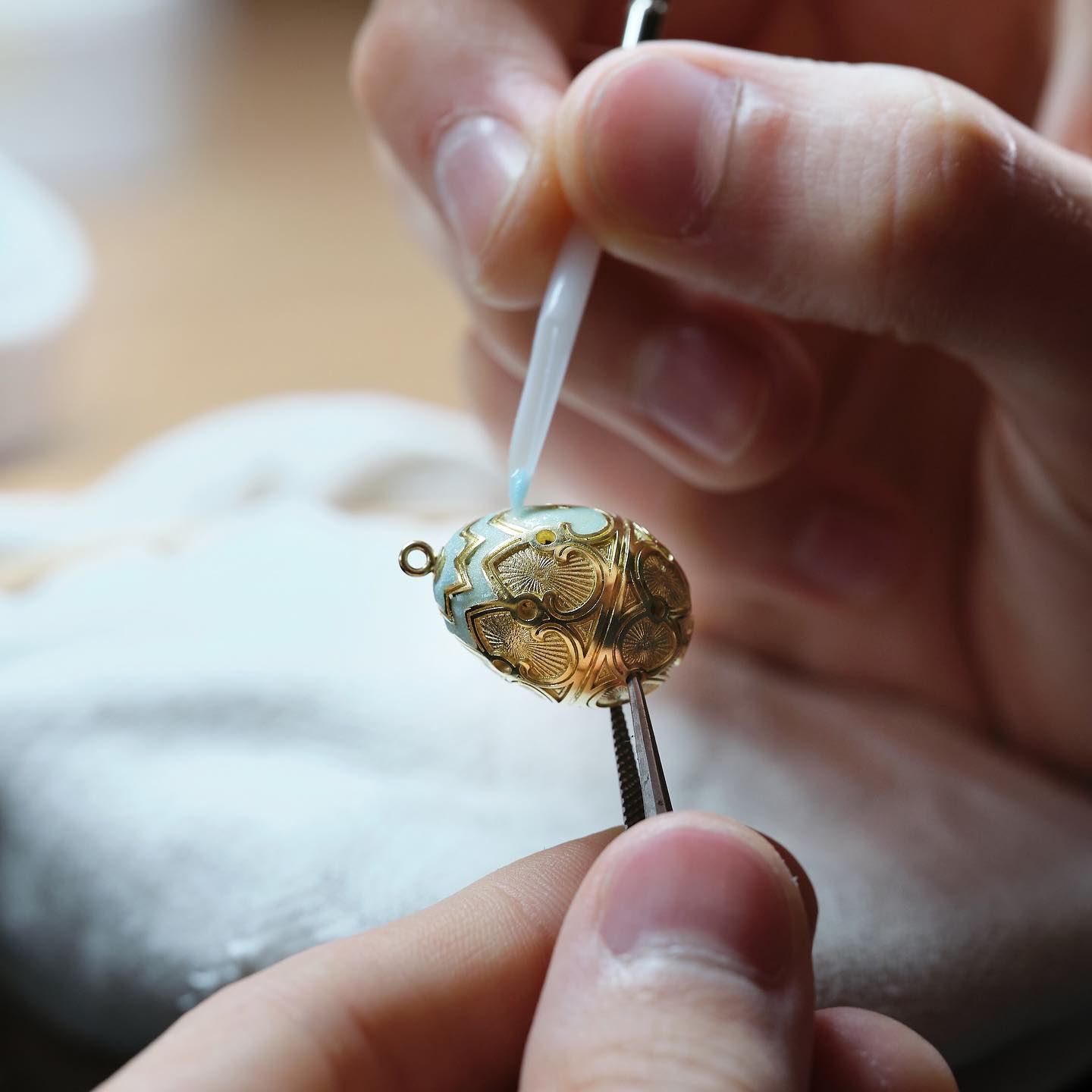
This was followed by setbacks with the perfume company, which borrowed the Fabergé name, but the jewellery house got the company to sell only perfumes in that name, to avoid competition.
After years of stoppage, Fabergé was relaunched on 9 September 2009 with the introduction of the high jewellery collection “Les Fabuleuses“. As of 31 December 2012, all licenses granted to third parties have lapsed or been terminated and the name no longer appears on products. Today, the company continues to focus on its jewellery expertise and perpetuates the tradition of Easter eggs, which are still extraordinary in their complexity and precious materials.
Read also > EXPERIENCE THE EASTER EGG HUNT ORGANIZED BY LADURÉE IN THE GARDEN OF THE CHAMPS-ÉLYSÉES
Featured photo : © Fabergé

